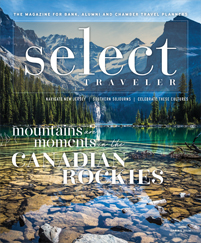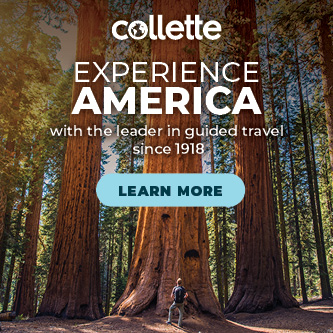If you craft the perfect Facebook post but no one sees it, did it really exist? It may exist on your page, but if it’s not reaching your intended audience, it is a waste of time.
However, that doesn’t mean you should give up on Facebook. Two billion people use Facebook every month. Not only that, but the platform offers unparalleled advertising targeting capabilities; the demographics are so selective that you can target only 45-year-old women in Denver who like to travel to see your ad.
Relying on your free travel-club posts alone to reach your customers can fail because of Facebook’s complicated algorithm that frequently displays your posts to only a small number of people. Learning to advertise on Facebook can help you harness its full power to raise brand awareness and, ultimately, gain more travelers.
Step One: Choose a Purpose
If you’ve decided to step your toe in the intricate world of Facebook advertising, it is imperative to first set goals. That way, once you launch your ad, you’ll be able to determine its success.
For example, things you could easily track on Facebook include new page “Likes,” page engagement and website click-throughs. Choose a goal that you can quantify, such as 100 new “Likes” a month.
Facebook Ads also allow you to set a daily budget for the average you’ll spend each day and a lifetime budget for the maximum you’ll spend overall. For example, you could choose to spend $5 a day for 20 days until you spend your total of $100.
Step Two: Target Your Audience
To inform only the pertinent people about your travel club, target a custom audience through Facebook Ads. The site walks you through how to choose people based on demographics, like age, gender, relationship status, education, workplace and job titles.
Think about the types of people who would be most receptive to your ad and who you would like to attract. To attract boomers, create a specific ad targeting that age group and then set as many demographic qualifiers as will help you narrow your field to those who may want to travel with your group.
If your travel club is limited to a certain area, that setting will further narrow your choices. Or if you already have a lot of connections in one town but would like to try a nearby city, this setting can help you target them directly.
Facebook’s Lookalike Audiences capability allows advertisers to take a source audience and then use demographic and preference information to generate new potential customers. Facebook Ads allow you to find a source audience in various ways, such as compiling those who’ve already watched your videos, responded to one of your previous social media calls to action or those who simply like your page.
Once you’ve chosen a source audience, Facebook Ads uses their personal information to seek out similar users who may be more interested in your travel club than the average person.
Step Three: Sculpt the Perfect Ad
For a newbie jumping into Facebook’s ad formats, the options seem endless. A few tips can help you navigate the numerous decisions involved in Facebook advertising.
Start with choosing an objective for the specific ad. The three broad ad objectives are brand awareness; consideration, which means collecting leads or sending people to an event; or conversion, which means claiming your promotional offer or visiting your shop.
Next, determine the ad placement, with options such as mobile News Feed, desktop News Feed and right-hand column. Ads can also run on Instagram if requested.
The ad format can also prove a challenging decision, since Facebook offers new options all the time. For example, you can choose from a single image, scrollable images, a single video or combinations of images and videos. To simplify things, you can also choose an existing post to sponsor so it reaches more of your custom audience.
When choosing the text to run with the ad, include a call to action to engage viewers more, such as “like our page” or “request more information.” Keep the text straightforward to hold your viewers’ attention. Some experts recommend limiting the ad text to about 14 words.
For photo selection, grabbing the attention of the distracted viewer is paramount. The goal is to attract eyeballs and then intrigue the audience enough so they will click on your ad. Use photos with reds, oranges and greens to contrast with Facebook’s white-and-blue color scheme.
Facebook will also reject text-heavy ads, so bear that in mind when laying text over images.
Step Four: Test and Test Again
With so many different options for Facebook ads, how do you know which specific ad type and audience to try? Trial and error is the best way to determine what works best for your travel club promotions.
Continually tweak the audience, the ad type and the ad message. Try a different age group, or switch between photo and video ads. Then keep track of Facebook’s ad reporting systems to see if there was any difference.
Experts say it is possible to saturate your audience with too many messages. If you note diminished engagement despite tweaking the ad and audience demographics, try pausing the campaign and coming back once you’ve created new value for your audience.









